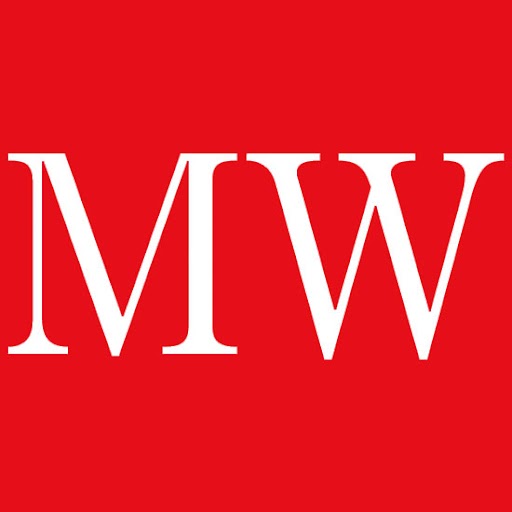Two years after Lehman collapsed, the 27-strong Basel Committee of banking regulators has finally agreed new international rules to protect the international financial system from future crises. The key part of the package, known as Basel III, covers how much capital banks must hold in reserve to absorb losses.
The latest rules ask them to hold core tier-one capital (the highest-quality capital) worth 4.5% of risk-weighted assets. That's up from just 2% under the old rules, Basel II. There is an additional 2.5% buffer. Any bank falling within it will be forced to conserve capital by cutting back on dividends or bonuses. So the effective minimum capital ratio is 7%.
What the commentators said
The Basel III deal has "a quality of dj vu", said John Gapper on FT.com. A problem with the first two Basel accords was "banks finding ways to reclassify their assets as being low risk weighted". That dilutes the quality of supposedly top-notch capital while still staying within the rules. These rules already rely on discredited risk weightings, said Martin Wolf in the FT. Think of them as "capital inadequacy ratios".
MoneyWeek
Subscribe to MoneyWeek today and get your first six magazine issues absolutely FREE

Sign up to Money Morning
Don't miss the latest investment and personal finances news, market analysis, plus money-saving tips with our free twice-daily newsletter
Don't miss the latest investment and personal finances news, market analysis, plus money-saving tips with our free twice-daily newsletter
Meanwhile, said Robert Peston on bbc.co.uk, Basel III's leverage ratio will still allow banks to lend "mind-boggling" amounts relative to their assets. They would be prone to bankruptcy after a fall of 3% in the value of their gross assets, which "does not seem altogether prudent". Indeed, Lehman blew itself up with this sort of leverage, added Tyler Durden on Zerohedge.com. Finally, a major problem is that the new standards don't have to be fully implemented before 2019. By then, said Wolf, "the world will probably have seen another financial crisis or two".
Get the latest financial news, insights and expert analysis from our award-winning MoneyWeek team, to help you understand what really matters when it comes to your finances.
MoneyWeek is written by a team of experienced and award-winning journalists, plus expert columnists. As well as daily digital news and features, MoneyWeek also publishes a weekly magazine, covering investing and personal finance. From share tips, pensions, gold to practical investment tips - we provide a round-up to help you make money and keep it.
-
 Revealed! The most viewed properties on Rightmove amid Boxing Day boost
Revealed! The most viewed properties on Rightmove amid Boxing Day boostThe property website predicts that the housing market is set for a busy 2026 based on user activity over the festive period. Here are the most viewed homes on Rightmove during Boxing Day
-
 ISS backs Edinburgh Worldwide’s board as Saba questions SpaceX selloff
ISS backs Edinburgh Worldwide’s board as Saba questions SpaceX selloffShareholder advisor ISS has recommended that shareholders vote against Saba’s proposals to replace the board of the Baillie Gifford-managed investment trust

